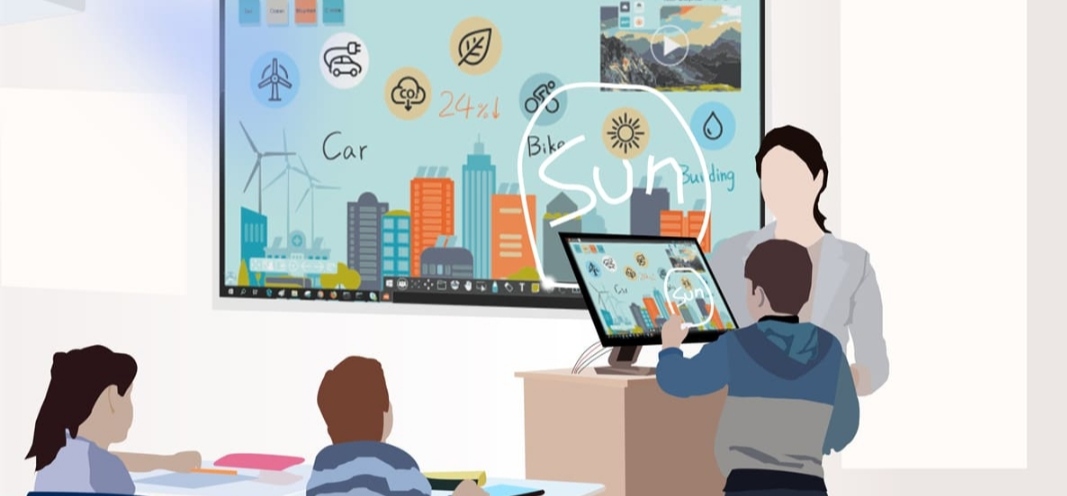Gamification in the classroom has emerged as a captivating approach to enhance student engagement and promote effective learning. By incorporating elements of games and playful activities into educational contexts, educators can create dynamic and interactive experiences that resonate with students on a deeper level.
Gamification harnesses the innate human desire for challenge, competition, and achievement. By introducing game-like mechanics such as points, levels, rewards, and leaderboards, educators can motivate students to actively participate, collaborate, and strive for excellence. This approach transforms learning into an exciting adventure, where students willingly invest their time and effort to attain mastery.
Furthermore, gamification encourages critical thinking, problem-solving, and decision-making within a controlled yet enjoyable environment. Complex concepts can be transformed into engaging quests, puzzles, or simulations, allowing students to apply theoretical knowledge in practical scenarios. This hands-on experience fosters a deeper understanding of subjects and promotes long-lasting retention.
Incorporating technology into gamification amplifies its impact. Interactive quizzes, educational apps, and online platforms facilitate seamless integration of game mechanics, enabling real-time feedback and adaptive learning paths. This personalized approach caters to individual learning styles and paces, ensuring that each student’s educational journey is both enjoyable and effective.
In conclusion, gamification in the classroom breathes new life into traditional teaching methods, creating a vibrant and interactive learning environment. By tapping into the power of games, educators can elevate student engagement, foster a love for learning, and cultivate essential skills that extend beyond textbooks. As technology continues to evolve, the potential for gamified education to revolutionize the way we teach and learn remains a thrilling prospect for the future.




